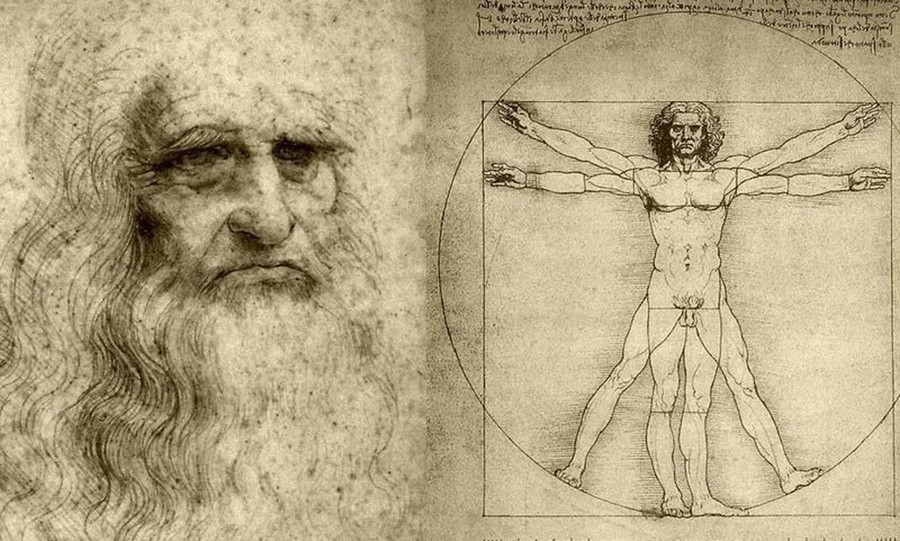Peloponnese Region is providing funds for the 2,100,000 euro project, which is being implemented to protect the passage of the Ancient Diolkos in the area of Poseidonia, west of the Corinth canal.
An extremely important project
It is simple to understand the necessity and significance of this arrangement for the ancient Greeks' trade. It released the ships from the hazards associated with the then multiple-day round of the Peloponnese, particularly the passage of the stormy capes of Malea and Tainaros. Diolkos had to have been constructed at the beginning of the sixth century BC, or at the very latest, at the end of the seventh century BC. Periandros was the dictator in Corinth at the time.
Excavations
Before 1956, when excavations to uncover Diolkos started near the Isthmus of Corinth, different theories concerning its location and structure had been put forth by younger scholars. Diolkos, in Fraser's opinion, ought to resemble a "tramway." Based on Pausanias' report, it was based on the observation of a little portion that had been maintained close to the canal bridge. Another stretch of road in Peloponnesian land, at the mouth of the canal leading to the Corinthian Gulf, was also credited to Diolkos by Fowler (Corinth, vol. I, p. 50). But N. Verdelis' excavations unveiled a sizable portion of Diolkos and provided answers to issues raised by it.
The path
Initially, the precise path it took was identified: It began in Corinthiakos, which is now the location of the signal for ships traveling toward the canal. For a while, it was traveling eastward. It then moved once more toward the southeast before turning northeast. As described by Strabo, it continued until it reached the old Schinounda, which is now Kalamaki Corinthia, in the Saronic Gulf east of the canal.
IT stayed away from the ground's incline
Diolkos was moving in a crooked direction. Because of the terrain's twists and steepness, which reached an altitude of up to 90 meters, transporting ships would be very challenging. Commercial ships left their cargo in Cenchrees or Lechaion rather than transporting it loaded. The information provided by Pliny and Hesychius, who identified these two ports as the beginning and end of Diolkos, can only be understood in light of this interpretation.









